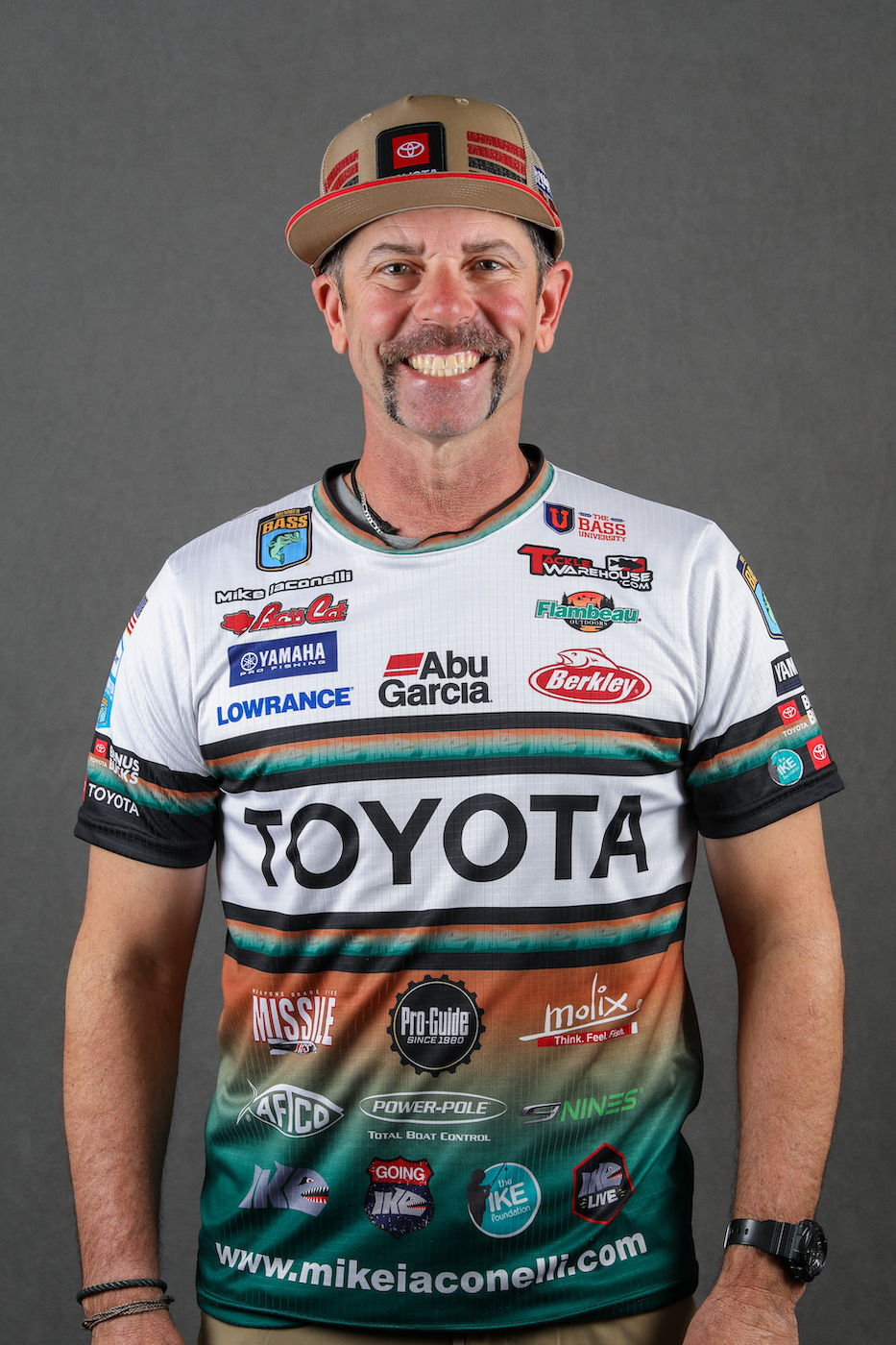The Bull Shoals Quest is a great event to use as an example of exactly what a pattern is and how to develop one. About a month before we got there the water was way up. That scattered the fish up in the trees and everywhere the bank was flooded. About the time we arrived the water dropped and then stabilized. The fish pulled back and settled into specific places.
Everybody was catching between 20 and 40 fish a day. I’m not kidding when I say that. On the first spot I fished on the first day of practice, I caught five bass. Most of the other guys were doing the same thing. Catching bass was not the problem. Catching the right size ones was the problem.
Partway through the second day I figured out that the better bass were holding in creeks and cuts about half the way back on shelves or steps, over flat rock in 6 to 12 feet of water. They weren’t on one spot. They were everywhere in the lake where I could find those conditions. That was the beginning of my pattern.
As soon as I figured that out I ran around the lake marking every suitable spot I could find. After that, I started experimenting with different types of baits. I threw everything in my boat, and I caught fish on most of it. Finally, however, I realized that it was a crankbait I was looking for. They — the fish I wanted to catch — were on a crankbait reaction bite.
Based on years of experience I knew I needed two different crankbaits. Not different colors and sizes — different actions. That’s important to understand. They were hitting crankbaits, but not always the same one. Some of the bass wanted one kind and some of them wanted something different.
I settled on a Rapala DT10 and an old Storm Wiggle Wart. The DT10 would run about 10 feet deep on 10-pound-test line and has a tight wiggle. My old Wiggle Wart would run about 8 feet deep on the same line but with a wide wobble. In fact, it’s so wide it makes a kind of searching or hunting action. The bass were feeding primarily on shad so both of my baits were shad colored.
The DT10 was my weapon of choice on the way in, all the way down the bank. I’d then turn my boat around and go back up the same bank with the Wiggle Wart. I’d catch two or three on the way in and another two or three on the way out. I don’t know if reversing my lure selection would have made a difference. I didn’t try it. It’s an interesting question, though.
This is classic pattern fishing. I’d locate similar spots throughout the lake and then fish them exactly the same with the baits I knew would get me the bites I needed. I did that all day, every day. If you’ve ever wondered what a pattern looks like in the real world, that’s it.





